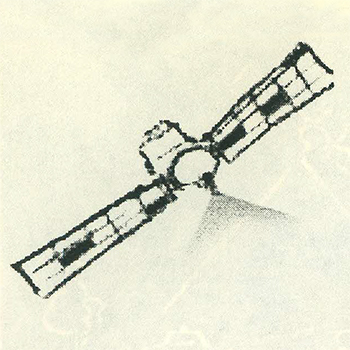"And, as imagination bodies forth The forms of things unknown, the poet’s pen Turns them to the shapes and gives to airy nothing "A local habitation and name"—William Shakespeare.
Shakespeare wasn’t describing virtual reality, but his words capture its essence. Virtual reality, or VR, allows human imagination to create shapes and sounds out of invisible electrons racing through circuits. Like the poets to whom Shakesphere alludes, science fiction writers have long imagined the virtual worlds that we can now explore due to the development of this sophisticated technology. Virtual reality is a new poet’s pen, a computer tool that turns imagination and thought into simulations, virtual worlds, and habitats of airy nothing that appear real to our senses. These worlds are places where we can both work and play.
Immersion and interactivity are the two criteria on which VR simulations are based. Immersion refers to the ability of participants to believe they are "present" in the virtual world and can navigate through and function within the simulation as if it were physical reality. Interactivity pertains to the participant’s ability to manipulate objects encountered within a simulation, depending on the hardware and software. You may be most familiar with the recreational examples of VR. However, VR technology is being applied in professional fields as well. This project describes examples of such applications in the fields of medicine, architecture, engineering, the military, science, and financial analysis. What does the future of VR technology hold?
In addition to the research that is being done here, I have given a concept of how VR can be put to practical use in taking advantage of the communication network and the collaborative nature of the work cops undertake.
